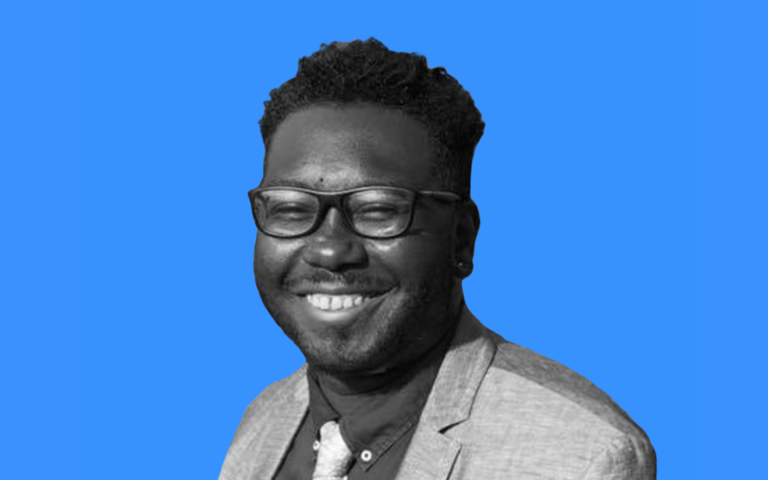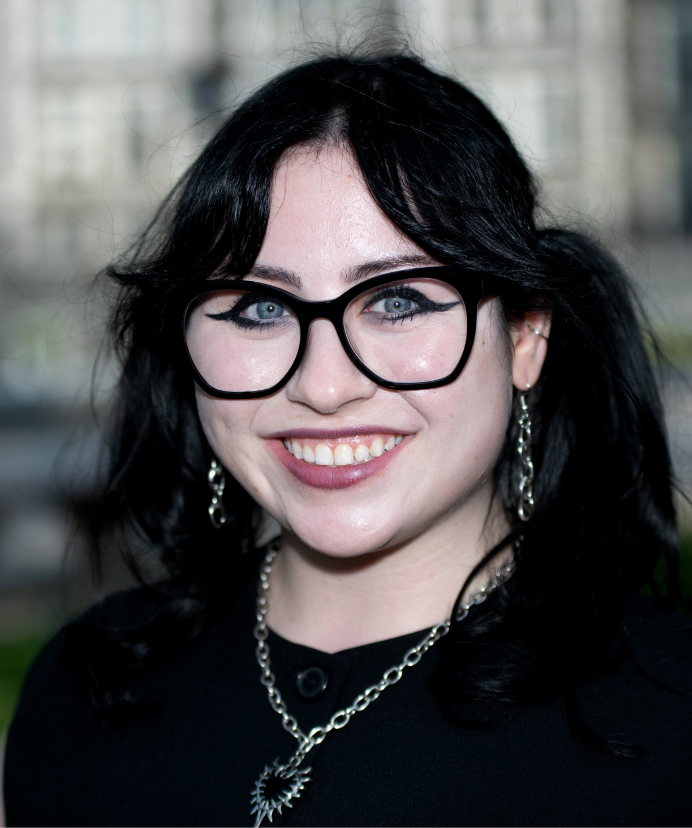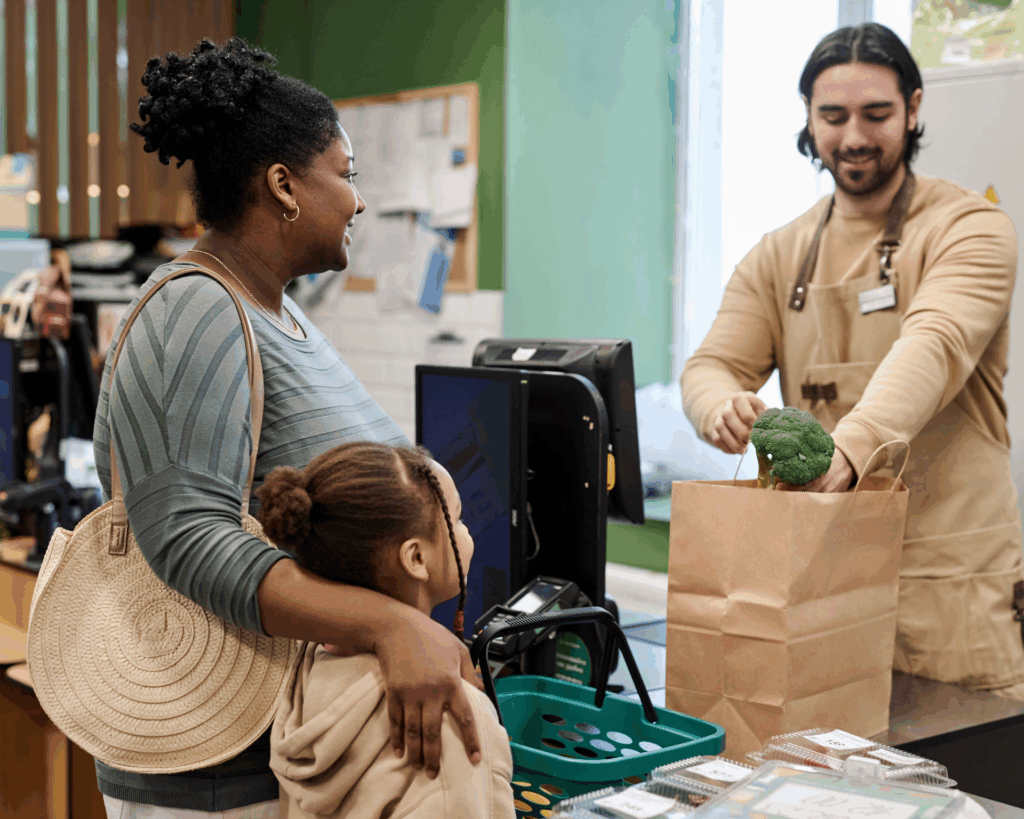Tariem Burroughs
Tariem Burroughs, executive director of external partnerships at Drexel Dornsife School of Public Health, discusses his work helping public health students find their niche in the field.

Read Time: 5 minutes
Published:
Tariem Burroughs’ work at Drexel Dornsife School of Public Health focuses on creating educational programs that propel public health students into their careers and connect public health programs to local communities. He received his MS in organizational development and leadership from the Philadelphia College of Osteopathic Medicine, Master of Education Entrepreneurship from the University of Pennsylvania, and MA and Ph.D. in sociology at Temple University.
Tariem Burroughs never planned to work in public health. Now, he helps public health students find their niche in the field.
“People joke to me, ‘Oh, you’re still in school,’” says Burroughs, as he is a lifelong learner with an arsenal of degrees. He has studied elementary education, organizational development and leadership, education entrepreneurship, and most recently, sociology. These experiences are now all tools in his public health toolkit.
“Every time I did a job or worked with a community program, I always wanted to learn more, to be better at it. And after I did that, I moved on to another one,” he says. “All my work really all ties back to public health.”
A journeyman at heart, Burroughs loves learning through experiences. He originally planned to be an elementary school teacher, but after being placed in a high school during his time with AmeriCorps, he found himself enjoying staff team development at Bartram High School in Philadelphia. This newfound passion for cultivating programs led him to working in community centers, and then to Bridging the Gaps, an interdisciplinary summer program for medical and social work students.
As Drexel University’s former director of career services and experiential learning and the current executive director for external partnerships, Burroughs now works to connect public health students with career opportunities, helping them navigate their own convoluted paths in public health, often through trying out practical experiences.
A component of many Master of Public Health programs, practical experiences give students the opportunity to take part in a supervised project or internship with an external organization, like a health center, nonprofit, or government agency. Students receive feedback from their mentors and submit deliverables that demonstrate their learning.
“This is not a box to check off, it is a student’s experience to learn and grow,” says Burroughs. He encourages students to think about all they can glean from their practical work. For example, when a student matched with a mentor who was setting up a big event, Burroughs helped them dissect the minutiae of event planning: researching similar events, creating a budget, making engaging infographics, and assessing the event’s success. A nebulous job title of “event planner” can be transformed into a list of new and valuable tools.
“Learning how to practice public health is learning that it is not a linear path,” says Burroughs. “That makes you better at it.”
Practical experiences can also help students promote diversity, equity, and inclusion (DEI) once they enter the workforce. Burroughs explains that immersion through practical work can help students realize the complexities within the people and communities they hope to serve. These lessons can’t be learned from a textbook.
With new experiences and perspectives, students are better prepared to tackle public health challenges in diverse communities, even in places where the term “DEI” isn’t used. While many students are returning to states where DEI is “essentially outlawed,” they can still display these values through their work. Burroughs looks at DEI challenges as opportunities. He asks his students, “How can you get these much needed ideas and thoughts into new places?”
Burroughs also encourages students to talk to career services and faculty to learn about unique and interesting career paths. Learning how public health workers got to their current position can make students more comfortable with the idea of changing their career path.
Burroughs wants public health programs to provide a large return on investment for students. Therefore, he pushes students to learn a wide range of skills. Whether it’s getting certified in Geographic Information Systems or even taking a graphic design class, Burroughs tells students to “do some cool things and learn some skills that will be helpful to [them].” He believes that the best way to make students into strong applicants on the job market is to push them to reflect on their experiences.
Epidemiology and biostatistics students tend to get “locked in as the data person,” but there’s many people that can handle data. Burroughs often asks these students, “Can you also translate your data? Can you bridge gaps to other sectors to create more conversations, to get more data?” He encourages his data-driven students to take classes in communications and gain practical experiences in ways that connect people. Burroughs also challenges budding epidemiologists and biostatisticians to try working with qualitative data so they can compile their own datasets, unlocking methods to answer complex public health questions.
To help public health students better understand the scope of the field, Burroughs calls on universities to hire practitioners to teach classes that are related to their work. “Not everybody wants to go into the academy. I’d say that the majority of people who get degrees in public health want to actually practice public health,” he says. “Oftentimes, to really get that ‘aha’ moment, students need to hear from someone that’s actually doing the job.”
There’s a saying in the field: “All roads lead to public health.” Like many other public health workers, between each twist, turn, and pit stop on his career path, Burroughs found his way to public health education and is helping students brave their own journeys. “Learning how to practice public health is learning that it is not a linear path,” says Burroughs. “That makes you better at it.”



